News
AI in Web Design: How AI is Crafting the Websites of Tomorrow
As the digital age continues to unfold, the ways we interact with the web are undergoing remarkable transformations. At the heart of this evolution is the burgeoning relationship between artificial intelligence (AI) and web design.
With AI’s growing influence, the world of web design is moving towards more personalised and predictive experiences, marking a new dawn in how websites are crafted and perceived. But how is AI driving these shifts, and what might the future hold? Let’s delve into the captivating world of AI-driven web design.
The Convergence of AI and Web Design
Web design has historically been a field where creativity meets functionality. While designers used to primarily focus on aesthetics and user experience, the integration of AI has added another layer, one that focuses on predictive personalisation and enhanced user interactivity. The convergence of AI and web design isn’t just a trend; it’s an evolution of how websites understand and interact with their visitors.
In the UK alone, a 2021 survey revealed that 57% of web developers and designers are now incorporating some form of AI tool into their workflow, highlighting the growing significance of this technology [source: https://www.webdesignerstats.uk/].
AI’s Contributions to Web Design
1. Personalisation and Predictive Designs
AI algorithms can analyse a user’s behaviour, past interactions, and even browsing habits to predict what they might be looking for. This leads to web designs that dynamically adapt content, layouts, or even themes to individual users. For instance, an e-commerce site might highlight winter wear to a user browsing from a colder region or suggest products based on their past purchases.
2. Chatbots and Virtual Assistants
While not strictly a design element, chatbots have become an integral part of modern websites. These AI-driven bots provide immediate assistance, answer queries, and even guide users through sites, enhancing user experience and engagement.
3. Automated Content Curation
AI-driven tools can curate content based on user preferences and behaviour. Whether it’s news articles, product recommendations, or blog posts, AI ensures users are presented with content most relevant to them.
4. Adaptive User Interfaces
Taking responsive design to the next level, AI can modify a website’s user interface in real-time. It can change layouts, colour schemes, or even navigation elements based on user behaviour and preferences.
Advantages of AI-Driven Web Design
The fusion of AI into web design isn’t just for show; it offers tangible benefits:
- Enhanced User Experience: Websites that adapt and respond to user behaviour provide a more personal and seamless experience.
- Increased Engagement: Personalised content and predictive designs mean users are more likely to find what they’re looking for, increasing the time they spend on a site.
- Higher Conversion Rates: With AI-driven tools like chatbots facilitating user journeys and adaptive interfaces guiding users, websites can enjoy higher conversion rates.
Challenges in AI-Driven Web Design
Like any evolving technology, there are challenges to overcome:
- Data Privacy Concerns: With AI analysing user behaviour, there are valid concerns about data privacy. Websites need to be transparent about the data they collect and ensure they adhere to GDPR and other regulations.
- Over-reliance on Automation: While AI can provide insights and adapt web designs, there’s a risk of losing the human touch or misinterpreting user intentions.
- Integration Complexities: For many designers, integrating AI tools into existing workflows and platforms can be technically challenging.
Tips and Advice for Implementing AI in Web Design
1. Start Small
If you’re new to integrating AI into web design, start with simpler tools. Consider adding a basic chatbot or using AI-driven analytics tools to understand user behaviour before delving into more complex AI functionalities.
2. Prioritise User Privacy
Always inform users about the data you collect and how it’s used. Ensure you have clear privacy policies in place and adhere to data protection regulations, especially if catering to users from regions with stringent data protection laws.
3. Maintain a Balance
While AI can offer impressive personalisation, it’s essential to maintain a balance. Over-personalisation can make users uncomfortable or give them a sense of being constantly watched.
4. Continuous Learning
The field of AI is rapidly evolving. Stay updated with the latest developments, and don’t hesitate to experiment. Gather feedback from users and iterate on your designs based on real-world data.
The Future of AI in Web Design
As AI technologies become more advanced and accessible, their role in web design is set to grow. We might see websites that evolve in real-time, changing their entire layout, content, and design philosophy based on who’s visiting. With developments in augmented reality (AR) and virtual reality (VR), AI-driven web designs could transcend beyond screens, offering immersive and interactive experiences.
The potential applications of AI in web design are boundless, limited only by our imagination and the technological advancements of the coming years.
AI’s intersection with web design represents a paradigm shift in how we approach and understand web experiences. The dawn of predictive web designs signals an era where websites aren’t just static digital real estate but evolving entities that learn, adapt, and grow with their users.
While challenges persist, the potential rewards for businesses and users alike are immense. In the not-so-distant future, AI-driven web designs might become the norm rather than the exception, crafting a digital world that’s more intuitive, personal, and engaging than ever before.
However, as we embark on this exciting journey, it’s imperative for designers and developers to remember the core ethos of web design: to create experiences that resonate with users. AI is a tool, a powerful one, but the heart of any website should always be human.
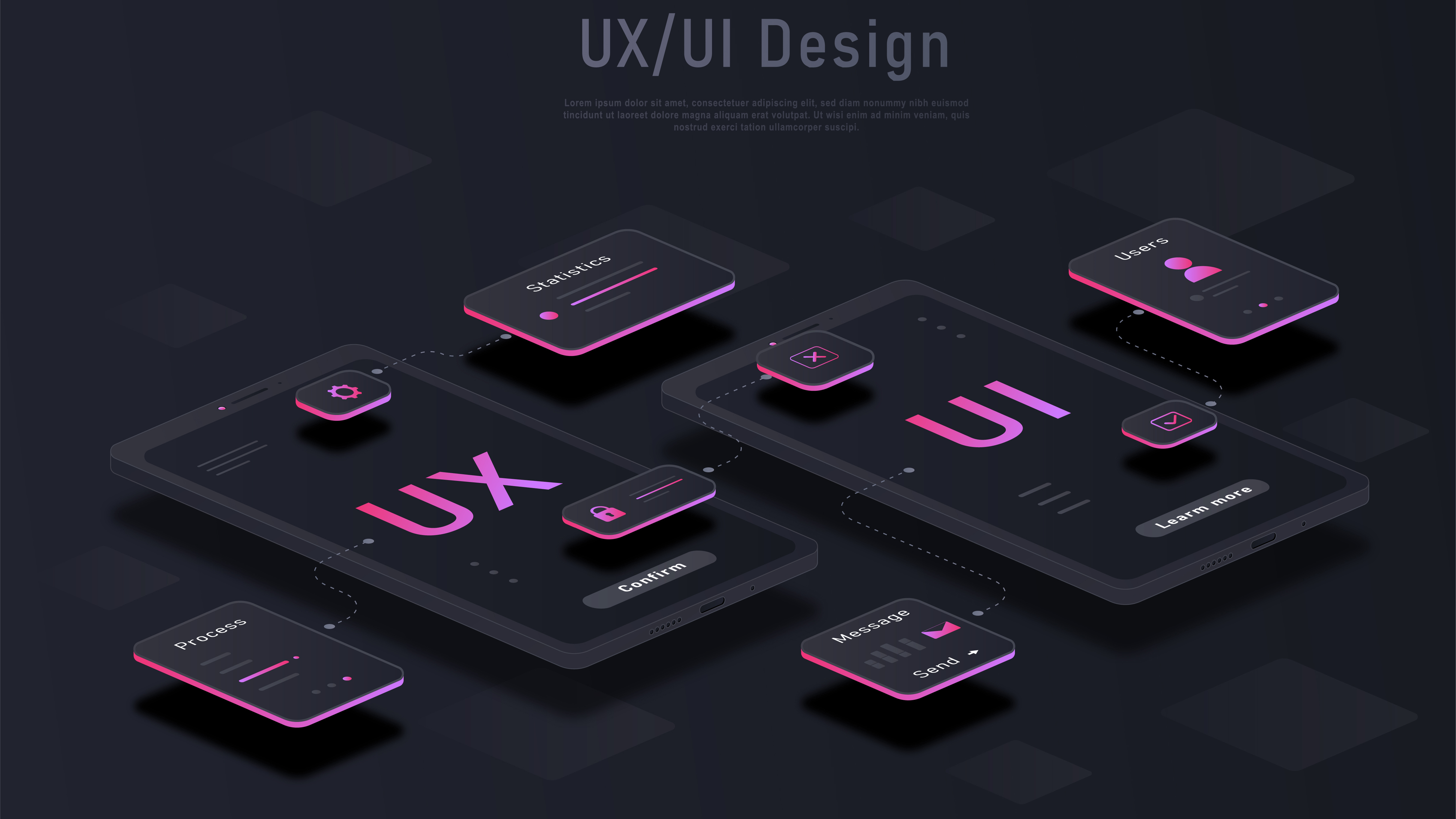
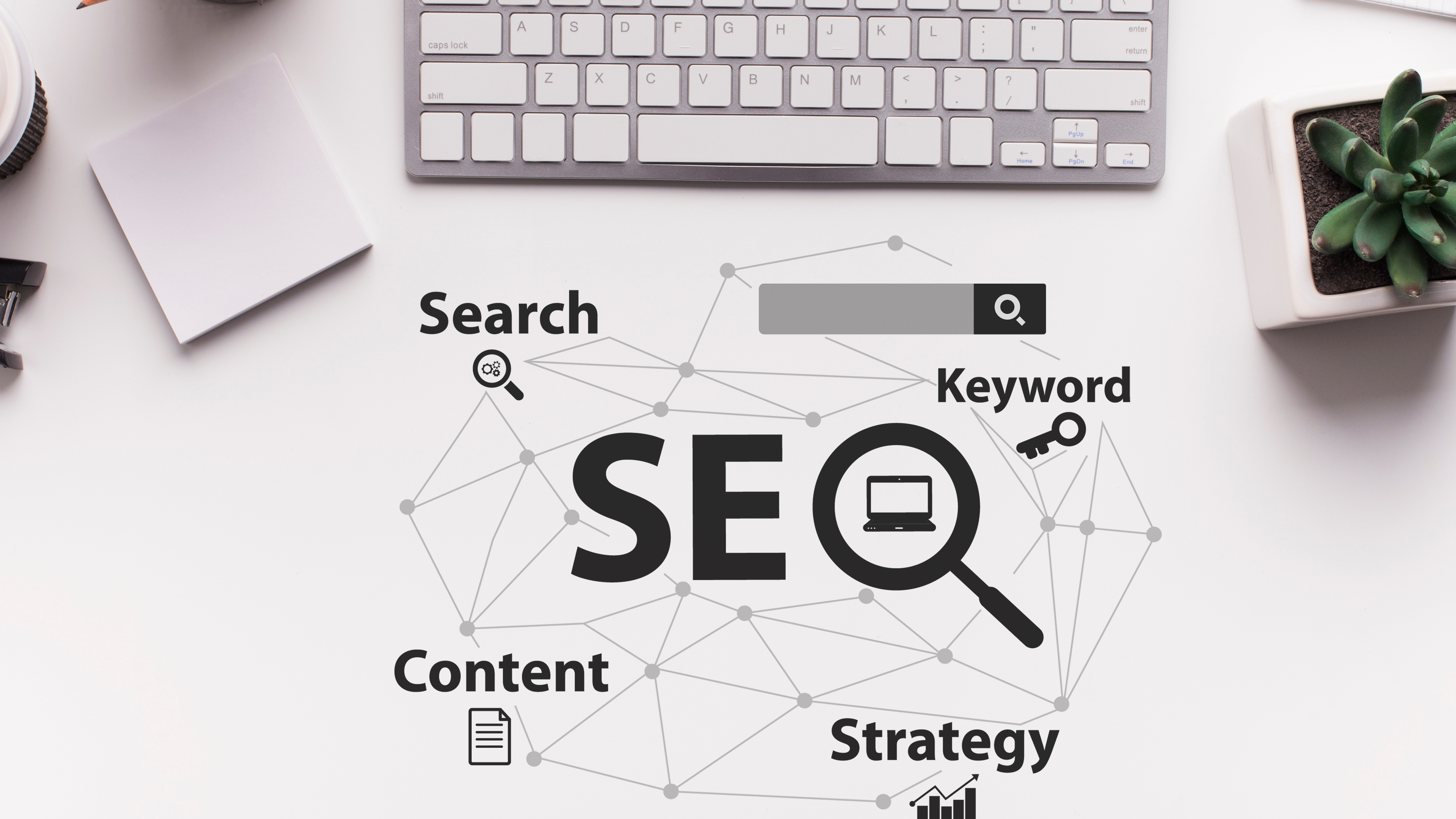
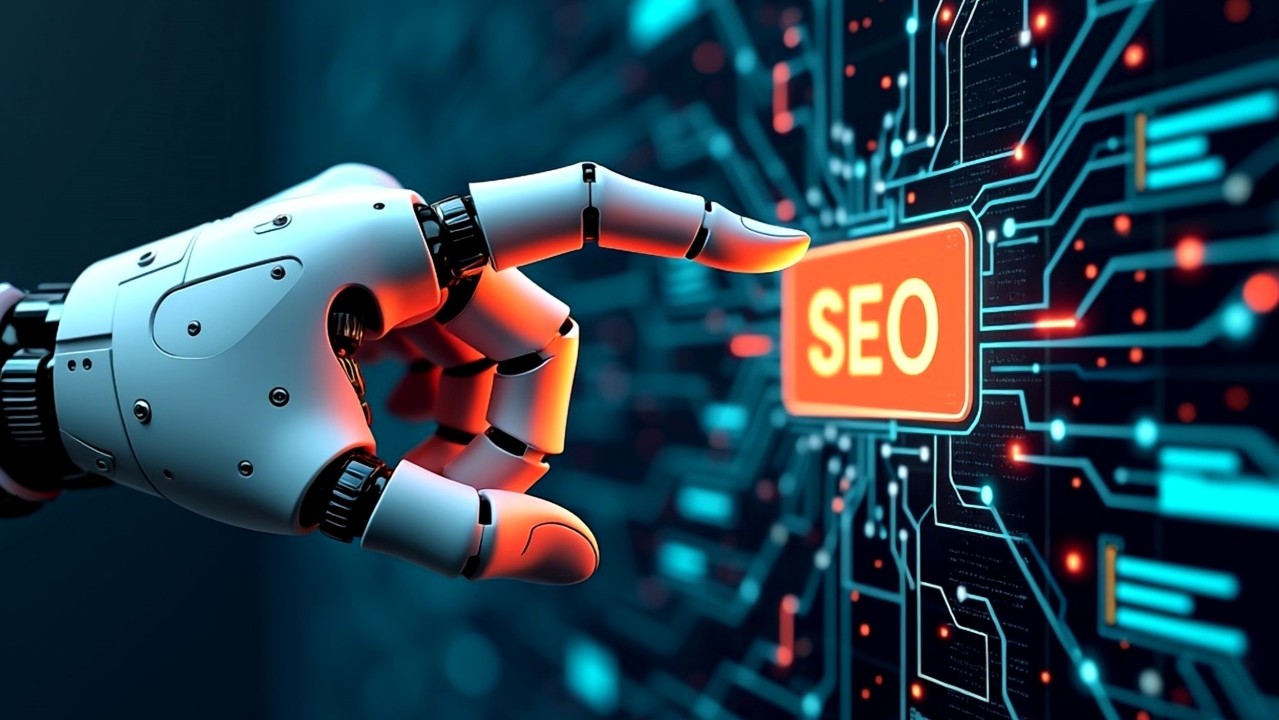
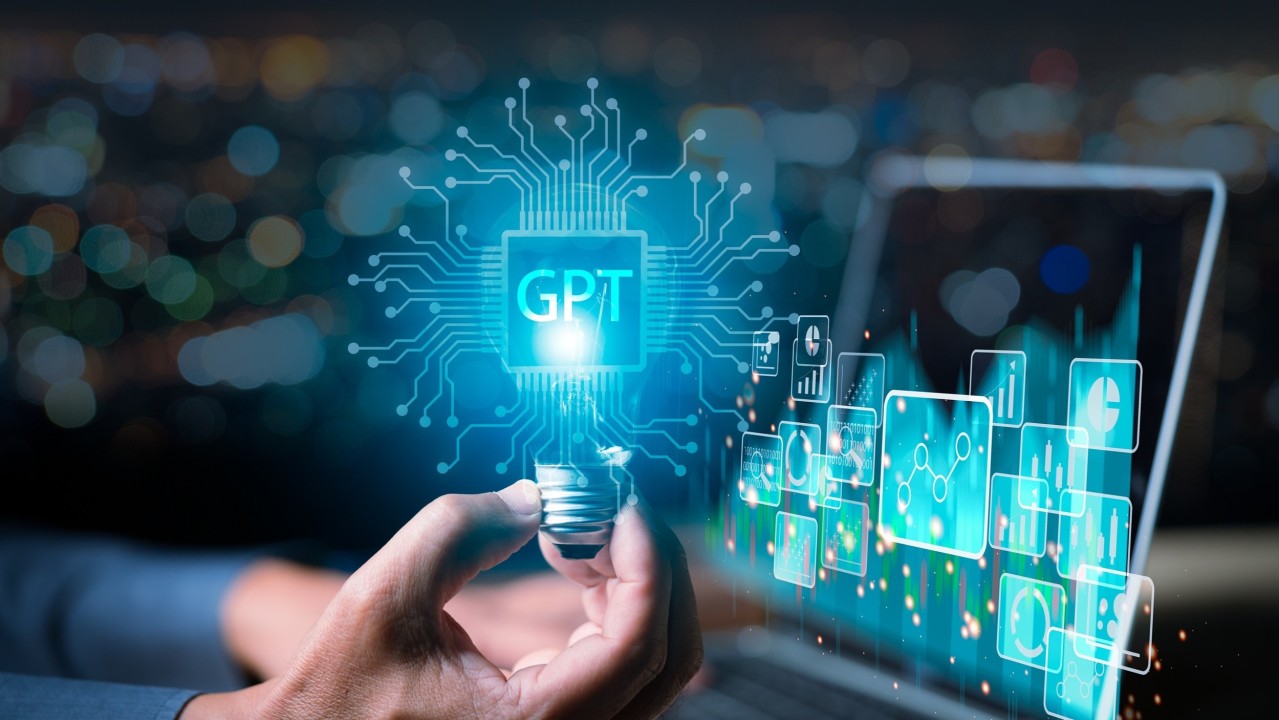
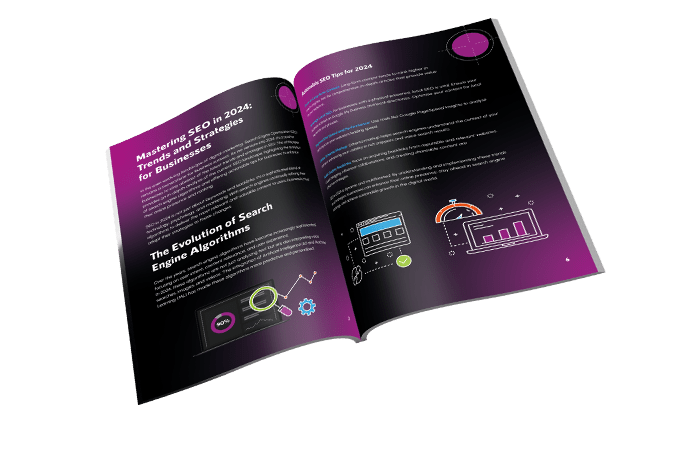
The Ultimate Social Media Guide
With the ever-growing power of social media, we use the latest techniques, video, and animation software to craft eye-catching social media assets that make your brand pop. Our designers, wielding Adobe Creative tools, create distinctive animations and graphics to illuminate your brand story and highlight your products or services. Want a unique design? No problem – we also offer bespoke designs to match your brand aesthetic.